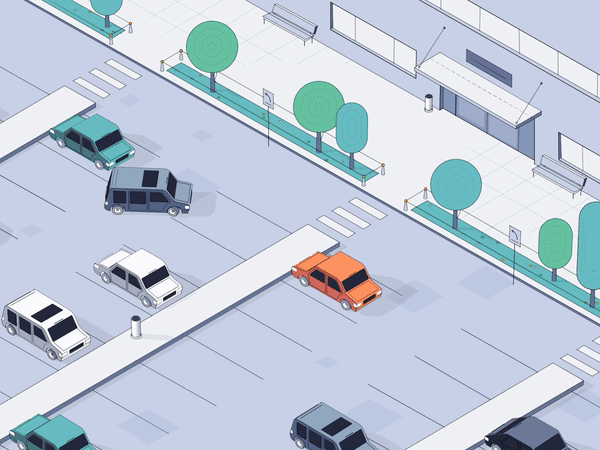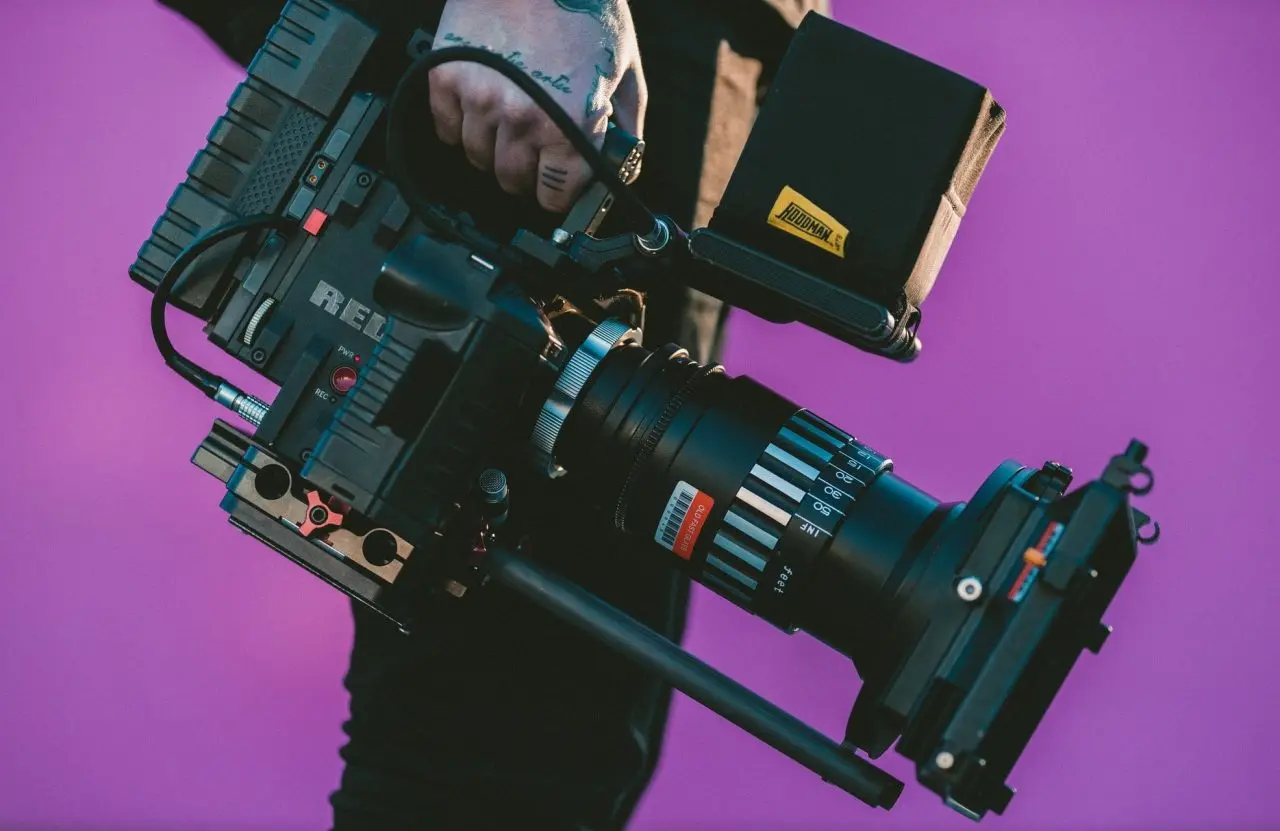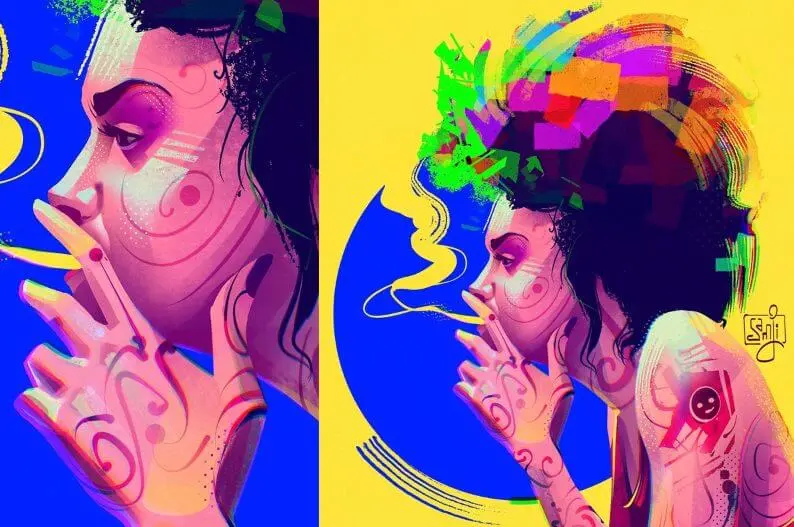Hybrid Animation
The quest for innovation and creativity in the animation industry has led to the birth of a groundbreaking technique known as hybrid animation. This approach seamlessly combines the nostalgic allure of 2D animation with the immersive depth of 3D animation, forging a captivating new style and transforming the animation landscape.
As we delve into hybrid animation, we uncover its definition, explore how it works, and trace its origins. From cinematic masterpieces to cutting-edge business applications, hybrid animation redefines visual communication.
What is Hybrid Animation?
Hybrid animation merges the traditional charm of 2D animation with the depth and realism of 3D animation. It combines two-dimensional hand-drawn or digitally created frames with three-dimensional computer-generated imagery (CGI). It offers a unique visual narrative experience. 2D 3D hybrid animation opens up new possibilities for storytelling and visual expression.
How Does Hybrid Animation Work?
This technique allows for greater flexibility and creativity. It lets animators choose the best method for each scene aspect, leading to visually stunning and engaging animations. Here’s a step-by-step guide on how 2D/3D hybrid animation works:
Step 1: Conceptualization and Storyboarding
The journey of a hybrid animation project begins in the two-dimensional space of storyboarding. Best animation studios, much like DreamWorks Feature Animation, start withdrawing movements and outlining the narrative in a series of sketches. These storyboards lay the groundwork for the animation, defining key scenes, character movements, and transitions, ensuring the story flows seamlessly from one frame to another.
Step 2: Creating the 2D Elements
In this step, animators excel at bringing the storyboard to life through 2D animation techniques. Each frame is meticulously crafted, capturing the essence of the characters and the environment in a flat, two-dimensional space. This process refers to the traditional roots of animation, emphasizing drawing movement and expressive character designs.
Step 3: Developing 3D Components
Parallel to the creation of 2D elements, the 3D animation process unfolds. Utilizing computer animation software, animators sculpt, texture, and animate three-dimensional models. These models, whether representing the main character, intricate backgrounds, or dynamic objects, blend with the 2D elements, adding depth to the scene.
Step 4: Integration of 2D and 3D
The core of hybrid animation lies in seamlessly integrating 2D and 3D elements. Animation studios like Explain Ninja employ sophisticated CGI techniques to combine these elements. The challenge here is to maintain a cohesive visual style, ensuring that the flat, artistic qualities of 2D animation harmonize with the more detailed, lifelike aspects of 3D animation.
Step 5: Adding Textures and Effects
To enhance the visual appeal, animators add textures and effects to the animation. In hybrid animation, this can mean applying hand-drawn textures to 3D models or incorporating computer-generated effects into 2D scenes.
Step 6: Final Composition and Rendering
The final step involves composing the scenes and rendering the entire animation. This process combines all the elements — 2D and 3D animations, effects, and textures — into a cohesive whole. Rendering can be particularly challenging in hybrid animation, as it requires a delicate balance between the elements to ensure they merge flawlessly.
Hybrid animation examples directed by Brad Bird (like “The Iron Giant”) showcase the incredible potential of this technique. These animated movies demonstrate how the combination of 2D and 3D can create motion and emotion in ways that traditional animation methods alone cannot achieve.
With its ability to leverage the best of both worlds, hybrid animation continues to make a significant impact, establishing itself in the ever-evolving landscape of animation.
Hybrid Animation Origins
Initially, animation studios primarily focused on 2D animation, creating motion and emotion within the confines of a two-dimensional space. This form of animation, celebrated for its artistic freedom, allowed animators to excel in drawing movement and crafting expressive characters. Early animated movies and short films relied solely on this technique, setting the stage for the rich history of animation.
As computer technology advanced, the animation industry witnessed the emergence of 3D animation. This new style, characterized by computer-generated imagery (CGI) and stop-motion techniques, introduced a sense of depth and volume previously unattainable in 2D animation. Films like Pixar’s “Toy Story” showcased the potential of fully computer-generated animations, changing the industry’s landscape.
The true genesis of hybrid animation occurred when animation studios began experimenting with combining 2D and 3D animation elements within a single frame or sequence. This innovative approach allowed animators to leverage the strengths of both forms. For example, DreamWorks Feature Animation and other studios started incorporating 3D backgrounds and objects into traditionally animated films, enhancing depth and realism while maintaining the charm and fluidity of 2D characters.
One of the earliest and most iconic examples of hybrid animation is Disney’s “Beauty and the Beast,” where the ballroom scene featured 3D computer-generated imagery alongside traditionally animated characters.
Hybrid animation has become a cornerstone of modern animated movies, allowing for unprecedented creativity and storytelling depth. Films that employ hybrid techniques continue to achieve critical and box office success, appealing to audiences alike with their rich visuals and innovative animation styles.
Advantages and Disadvantages of 2D and 3D Animation
Each style brings its pros and cons:
2D Animation
2D animation stands out for its artistic range and lower costs than 3D. Animators can explore different styles, lines, and colors in 2D Animated Explainer Videos. It creates unique visuals that can express abstract ideas well. Yet, the lack of depth is its main drawback. This makes it less fit for projects needing realistic views of 3D objects and settings.

3D Animation
Conversely, 3D animation shows realistic details and depth well. 3D Explainer Videos are great for displaying products and complex images. It can show objects and characters from any angle, making it more immersive. But it has downsides. These include higher costs and technical challenges. It also offers less room for artistic style, which can limit creativity.
Advantages of Hybrid Animation
The fusion of 2D and 3D animation in hybrid projects brings together the best of both worlds. It allows for detailed, realistic 3D backgrounds and objects while maintaining the artistic flair and expressiveness of 2D characters and elements. This versatility enhances storytelling by enabling a more dynamic and engaging narrative structure, where the depth of 3D and the charm of 2D coalesce seamlessly.
Hybrid Animation Examples
Here are some illustrative examples of hybrid animation that showcase its versatility and impact:
Gogoro’s Eco-Scooter Advertisement
The eco-scooter ad by Gogoro combines the artistic charm of 2D animation with the lifelike depth of 3D elements, resulting in a modern and engaging look that effectively captures the viewer’s attention. Hybrid animation in this ad highlights the product’s innovative features and enhances its appeal to a broader audience.
Gorillaz Music Project
Gorillaz, the band created in 1998, offers a great example of hybrid animation, blending various animation techniques with live-action footage. The band’s 2D animated characters, designed by Jamie Hewlett, exist in a world that incorporates 3D models, motion capture, and real-world elements. The Gorillaz project showcases the creative possibilities of hybrid animation, allowing for innovative storytelling and character development that resonates with audiences worldwide.
Arcane Animated Series
The animated series “Arcane,” based on the popular computer game Riot Games and co-developed by the French animation studio Fortiche Productions, is a testament to the sophistication and depth achievable with hybrid animation. The series skillfully mixes 2D and 3D animation techniques, utilizing 3D for character animations and dynamic effects while employing 2D to add texture and detail to specific elements like water, smoke, and backgrounds.
These examples underscore hybrid animation’s versatility and creative potential in various formats, from commercials and music videos to full-fledged animated series.
Conclusion
Hybrid animation shows the growth and flexibility of the animation world. It mixes the artistry of 2D and the depth of 3D and gives creators a broad range of tools, challenging old methods. Hybrid animation attracts and holds the attention of viewers everywhere. It plays a vital role in the future of animation.


